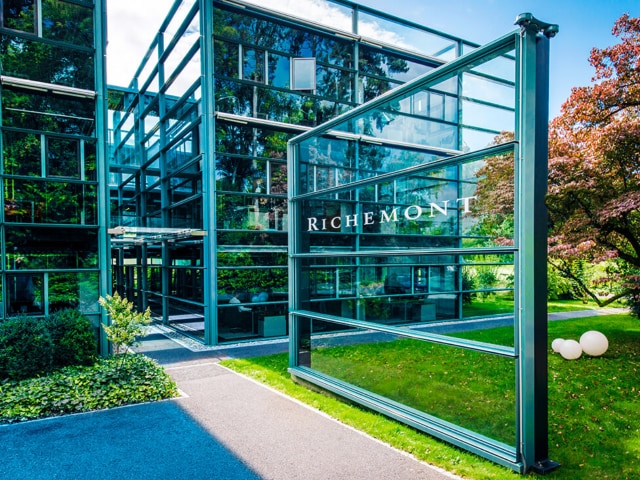Richemont’s Rise: How Strategy and Innovation Shaped a Luxury Empire

Richemont’s Rise: How Strategy and Innovation Shaped a Luxury Empire. In the realm of luxury goods, few names resonate as profoundly as Richemont. From its humble beginnings rooted in the tobacco industry to its current stature as a conglomerate housing some of the world’s most prestigious brands, Richemont’s journey is a testament to strategic vision, adaptability, and an unwavering commitment to excellence.
Origins: From Tobacco to Treasure
Richemont’s story begins in 1941 with Anton Rupert, a South African entrepreneur who founded Voorbrand Tobacco Company with a modest investment of £10. This venture flourished, evolving into the Rembrandt Group, which diversified into various sectors, including financial services and mining. However, it was Rupert’s keen eye for luxury that set the stage for Richemont’s future. Rupert acquired a majority stake in Cartier, consolidating its divisions into a single entity. This move marked Richemont’s inaugural step into the luxury goods arena.
Lesson for Entrepreneurs: Diversification can be a powerful strategy, but identifying and investing in high-potential sectors can redefine a company’s trajectory.

Strategic Acquisitions: Building a Luxury Empire
The late 20th and early 21st centuries saw Richemont embark on a series of strategic acquisitions that would cement its position in the luxury market:
- 2000: Acquired A. Lange & Söhne, IWC Schaffhausen, and Jaeger-LeCoultre, esteemed Swiss watchmakers renowned for their technical excellence.
- 2001: Increased stake in Van Cleef & Arpels to 80%, a brand celebrated for its exquisite jewelry.
- 2002: Acquired a stake in NET-A-PORTER, venturing into online luxury fashion retail.
- 2018: Gained full control of Yoox Net-a-Porter, reinforcing its commitment to digital luxury retail.
Lesson for Entrepreneurs: Strategic acquisitions can accelerate growth and diversify a brand’s portfolio, but they require careful selection to ensure alignment with the company’s core values and market positioning.
Embracing Digital Transformation
Recognizing the shifting tides of consumer behavior, Richemont proactively embraced digital platforms. The full acquisition of Yoox Net-a-Porter in 2018 exemplified this commitment, allowing Richemont to seamlessly blend traditional luxury with modern e-commerce, catering to a new generation of tech-savvy consumers.
Lesson for Entrepreneurs: Adapting to technological advancements and integrating digital strategies can enhance customer engagement and expand market reach.

Innovation and Customer Engagement
Richemont’s brands have consistently introduced innovative approaches to captivate their clientele. For instance, Vacheron Constantin’s “Club 1755” offers an exclusive, invitation-only experience for watch enthusiasts, emphasizing discretion and personalized engagement without traditional retail displays.
Lesson for Entrepreneurs: Creating unique, personalized experiences can deepen customer loyalty and differentiate a brand in a competitive market.
Navigating Market Challenges
The luxury goods sector is not immune to economic fluctuations. In 2024, Richemont faced a 1% decline in sales, primarily due to decreased demand in China. Despite this, the company experienced growth in other regions, such as Japan and the Americas, demonstrating resilience through geographic diversification and a balanced portfolio.
Lesson for Entrepreneurs: Diversifying markets and maintaining a flexible strategy can help mitigate regional economic downturns and sustain overall growth.

Commitment to Craftsmanship and Heritage
At its core, Richemont’s success is deeply rooted in a commitment to craftsmanship and preserving the heritage of its Maisons. By nurturing the unique identities and traditions of brands like Cartier, Montblanc, and Van Cleef & Arpels, Richemont has maintained authenticity while appealing to contemporary tastes.
Lesson for Entrepreneurs: Honoring a brand’s heritage while innovating for the future can create a timeless appeal that resonates across generations.
Conclusion
Richemont’s ascent in the luxury goods space is a narrative of visionary leadership, strategic expansion, and an unwavering dedication to quality and innovation. For aspiring entrepreneurs, Richemont exemplifies how embracing change, investing in digital transformation, and staying true to core values can build a brand that not only endures but thrives in the ever-evolving marketplace.


